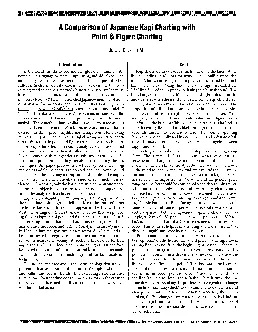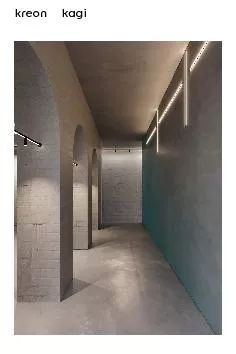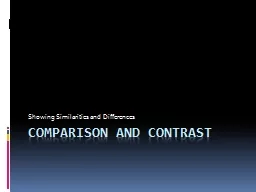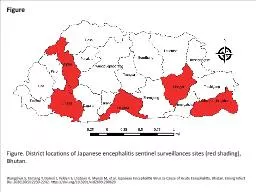PDF-A Comparison of Japanese Kagi Charting with Point Figure Charting
Author : hailey | Published Date : 2021-09-01
Julia E Bussie CMT Introduction As the world shrinks to become one global community with borders and language barriers disappearing individuals become more receptive
Presentation Embed Code
Download Presentation
Download Presentation The PPT/PDF document "A Comparison of Japanese Kagi Charting w..." is the property of its rightful owner. Permission is granted to download and print the materials on this website for personal, non-commercial use only, and to display it on your personal computer provided you do not modify the materials and that you retain all copyright notices contained in the materials. By downloading content from our website, you accept the terms of this agreement.
A Comparison of Japanese Kagi Charting with Point Figure Charting: Transcript
Download Rules Of Document
"A Comparison of Japanese Kagi Charting with Point Figure Charting"The content belongs to its owner. You may download and print it for personal use, without modification, and keep all copyright notices. By downloading, you agree to these terms.
Related Documents














